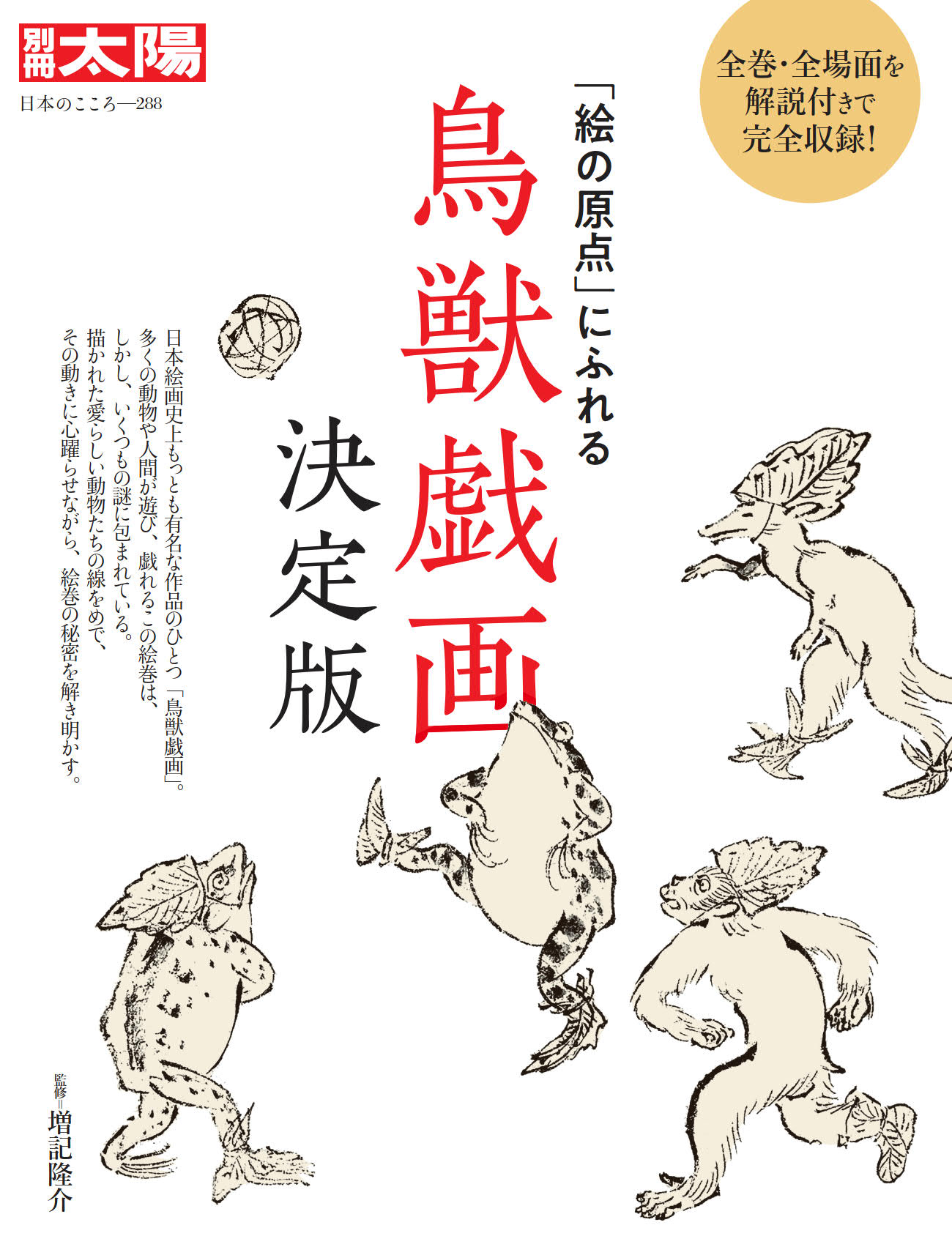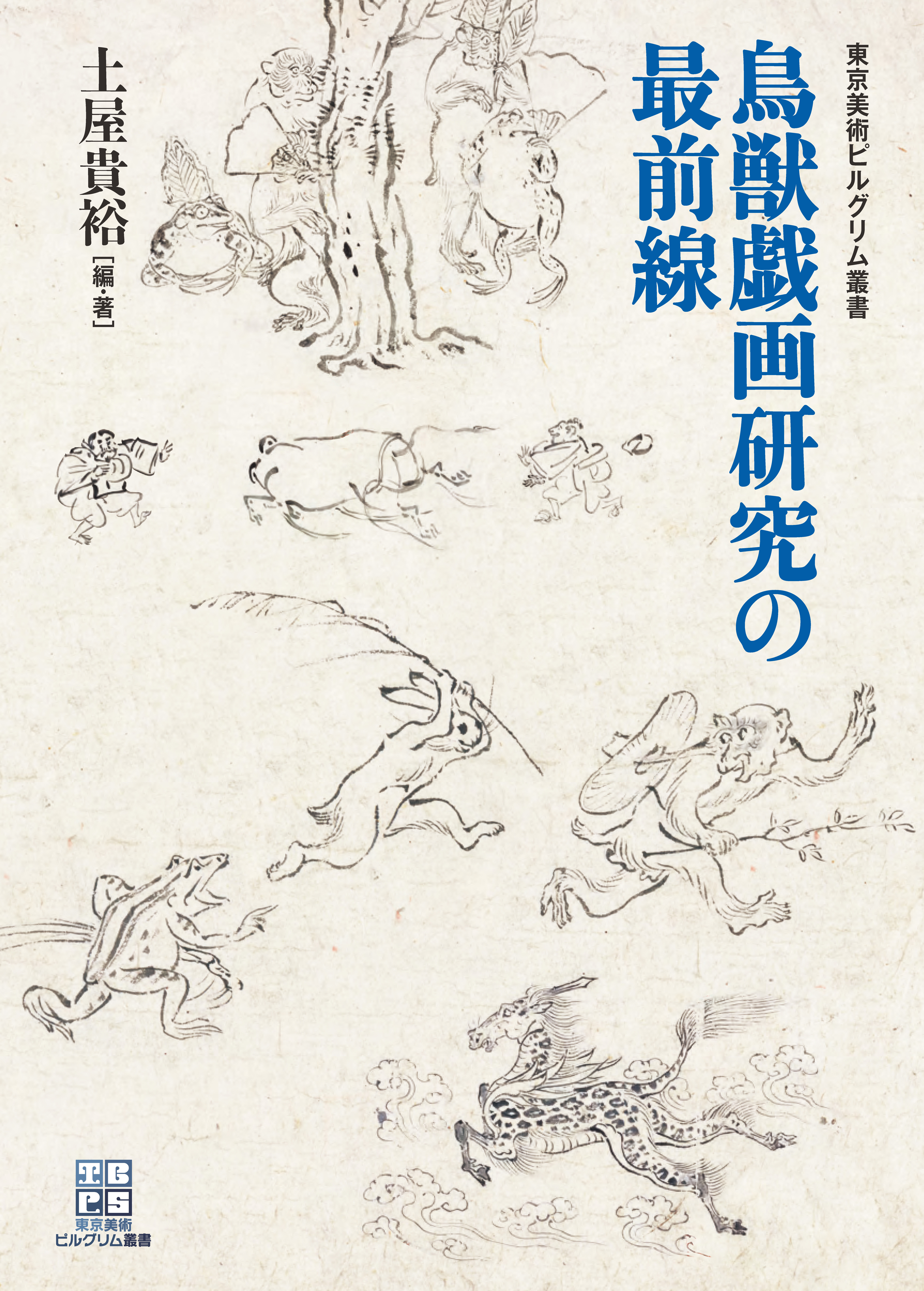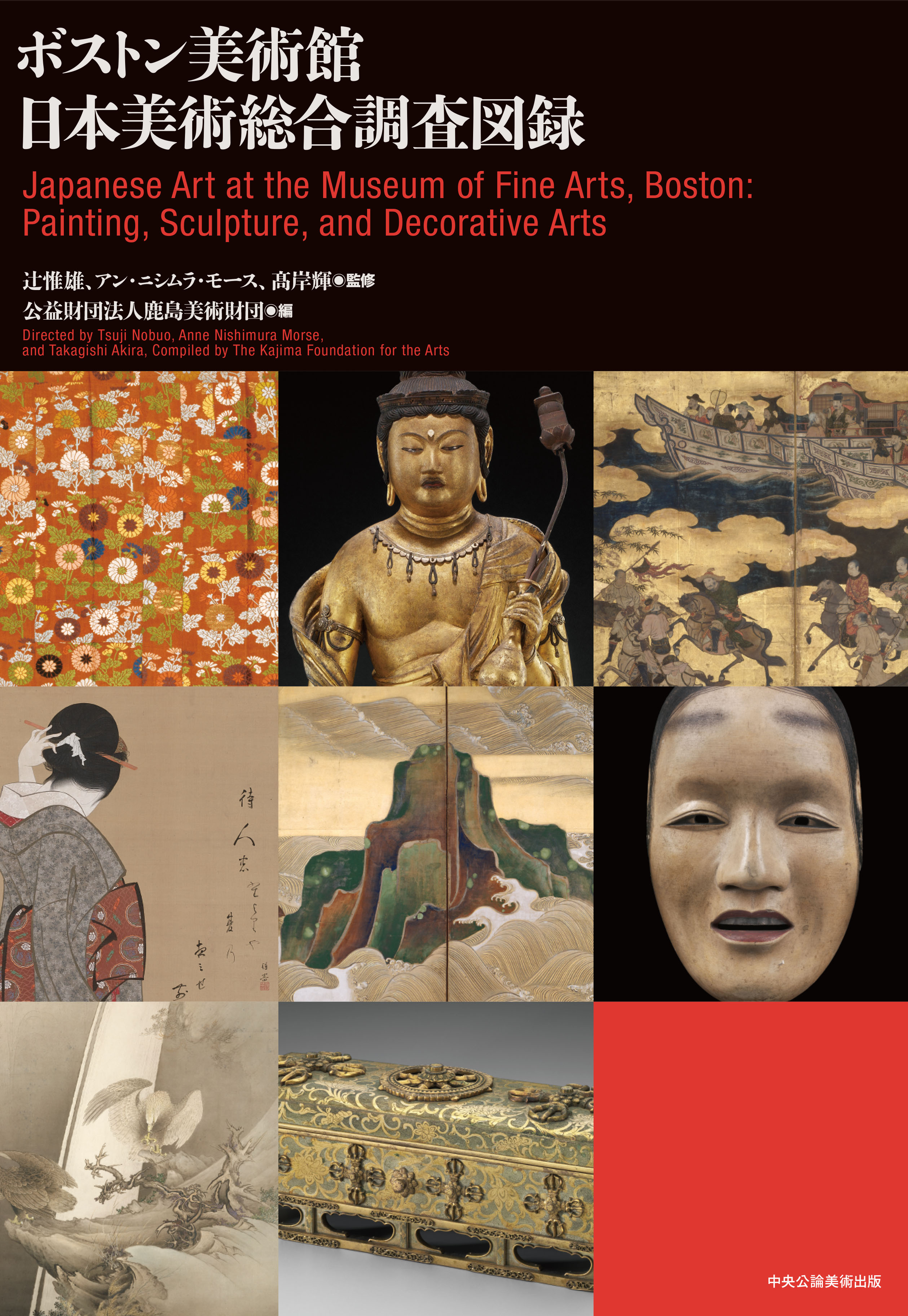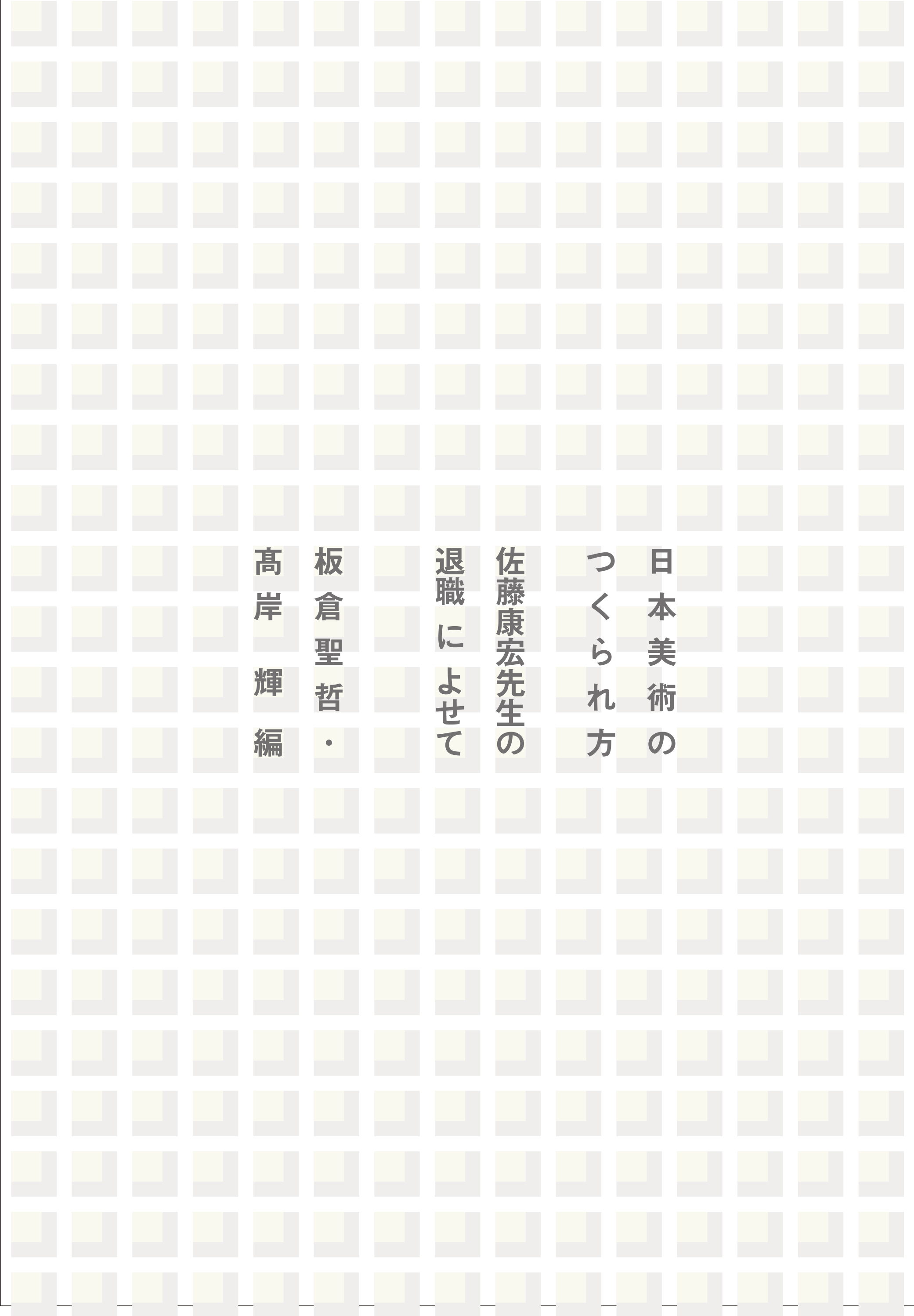
Title
Bessatsu Taiyō: Nihon no Kokoro 288 Chōjūgiga Kettei-ban (What is Chōjūgiga: Handscroll painting of Frolicking Animals)
Size
148 pages, A4 format
Language
Japanese
Released
April, 2021
ISBN
9784582922882
Published by
Heibon-sha
Book Info
See Book Availability at Library
Japanese Page
The happiest moments for an art historian are when we are looking at, thinking of, and then discussing the great works we love with fellow art historians. To see works of art we will travel anywhere and memories from such trips are inseparable from the places visited. My specialty has given me opportunities to examine Japanese paintings with colleagues in Western museums and private collections. I have also surveyed Buddhist sites deep in the mountains of China and India with art historians and archaeologists. Discussions with colleagues help deepen my own understanding of works and I can also know the perspectives of other researchers and how, sometimes, they may differ from mine.
Art historians are specialists who chose as their profession the act of looking and thinking of art objects. This process may be of great interest to others. The popular character, the detective Sherlock Holmes often said to his associate, Dr. Watson, “You see, but you do not observe. The distinction is clear!” So then, what are the differences between observations by professional art historians from that of others? For a long time, I pondered the question – what is the best way to communicate the art historian’s assessment of art to others? Thus, in this book on the Chōjūgiga scroll from Kōsan-ji temple in Kyoto, I tried to deliver as directly as possible three art historians’ thoughts on this important work.
This handscroll is one of the most famous of the early scrolls from Japan. Most Japanese, even if they have not seen the actual scroll, are familiar with the Sumō wrestling scene of a frog and hare depicted in it. These charming frolicking frogs, hares, and monkey images are found on everyday items such as on packaging for Japanese tea, bowls, stationery, and cell phone cases in Japan. Based on this, we assume having knowledge regarding the images but to the contrary, there are a lot of unknowns about it: what is really being depicted; when was it painted; who was the artist; and why was it done? There is no conclusive information about the theme or motives behind the handscroll and art historians have spent many years deliberating on these issues.
In this book, three art historians talk about this enigmatic painting. Each has varying opinions on the multitude of issues surrounding this fascinating work. While the book may not offer conclusive answers to questions, it will provide readers with a perspective into the art historians’ minds. At the same time, readers can perhaps enjoy the process alongside the professional art historians, of trying to decipher one of the great mysteries of early Japanese painting.
(Written by MASUKI Ryūsuke, Associate Professor, Graduate School of Humanities and Sociology / 2021)



 Find a book
Find a book




